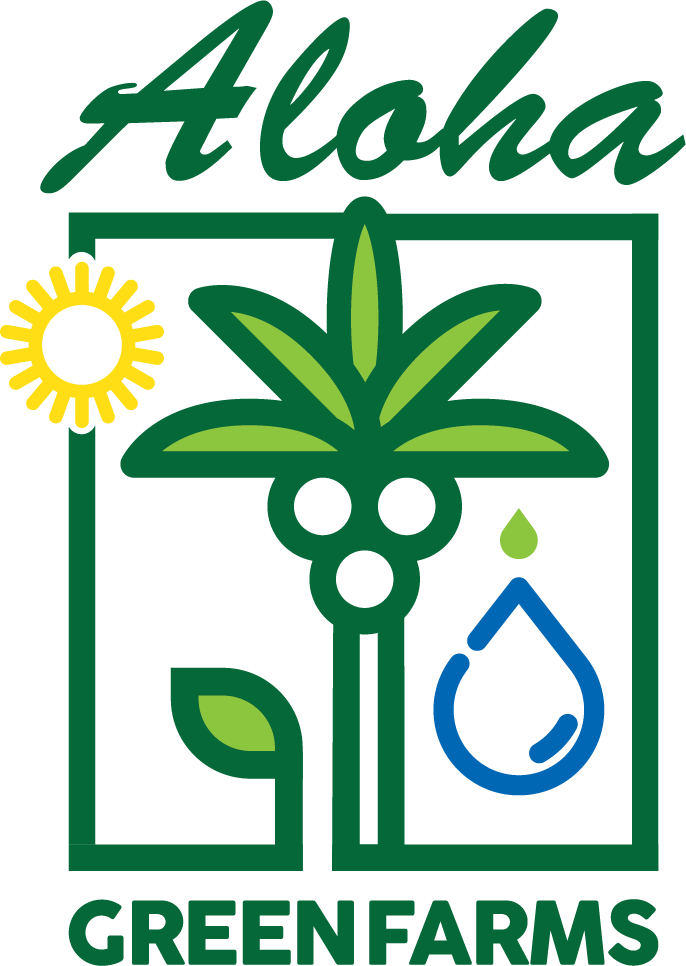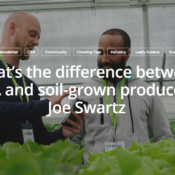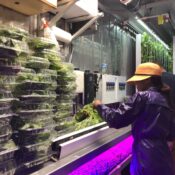Hydroponic Farming: A Soilless Solution for the Future of Food

Hydroponic Farming: A Soilless Solution for the Future of Food
Hydroponic farming is a method of growing plants without using soil, by providing them with water, nutrients, oxygen, and light in a controlled environment. Hydroponics can be used to grow crops or medicinal plants, and can be done indoors or outdoors, in small or large-scale systems. Hydroponics has many advantages over traditional soil-based farming, such as higher yield, less water use, more control, and less environmental impact. In this article, we will explore the basics of hydroponics, how it works, and why it could be part of the solution for feeding the growing population in a sustainable way.
What is Hydroponic Farming?
The word hydroponics comes from the Greek words “hudor” (water) and “ponos” (work), meaning “water-working”. Hydroponics is a type of agriculture or gardening that does not use soil as a growing medium. Instead, plants are grown in water that contains dissolved nutrients that are essential for plant growth. The water can be circulated around the plant roots in various ways, depending on the type of hydroponic system. Some hydroponic systems also use an inert material, such as perlite, coco coir, or rockwool, to support the plant roots and provide aeration.
Hydroponics is not a new concept; it has been used for centuries by various civilizations, such as the ancient Egyptians, Babylonians, Aztecs, and Chinese. However, modern hydroponics emerged in the 20th century with the development of scientific methods and technologies that enabled more precise control and measurement of the nutrient solutions and environmental conditions. Today, hydroponics is used by hobbyists, small farmers, and commercial enterprises to grow a variety of crops, such as lettuce, tomatoes, strawberries, herbs, flowers, and medicinal plants.
Why Hydroponic Farming?
Hydroponic farming offers several benefits over conventional soil-based farming, such as:
- High Yield: Hydroponics can produce more food per unit area than soil-based farming. This is because hydroponics allows for optimal nutrient delivery, faster plant growth, higher plant density, and year-round production. For example, according to Vertical Roots, a hydroponic farm in South Carolina that grows lettuce in shipping containers, one container can produce as much lettuce as 3.5 acres of land in a year.
- Control: Unlike growing in soil, where there are many variables that affect plant growth (such as pH, moisture, temperature, pests, diseases, weeds), hydroponics allows for more control over the growing environment. By adjusting the nutrient solution, light intensity and duration, temperature, humidity, and CO2 levels, hydroponic farmers can create optimal conditions for each crop and stage of growth. This can result in higher quality and consistency of the produce.
- Less Water: Hydroponics uses less water than soil-based farming because the water is recycled and reused in a closed-loop system. According to Food Revolution Network, hydroponics can use up to 90% less water than conventional agriculture. This can save water resources and reduce water pollution from runoff and leaching of fertilizers and pesticides.
- Less Environmental Impact: Hydroponics can reduce the environmental impact of agriculture by minimizing land use, soil erosion, deforestation, greenhouse gas emissions, and fossil fuel consumption. Hydroponics can also enable food production in areas where soil is scarce or degraded, such as urban areas or deserts.
How Hydroponic Farming?
There are many types of hydroponic systems that differ in their design and operation. However, they can be broadly classified into two categories: solution culture and medium culture.
- Solution Culture: In this type of system, there is no solid medium for the plant roots; they are immersed directly in the nutrient solution. The solution can be static (where the solution is not changed until it is depleted or contaminated) or dynamic (where the solution is aerated and circulated continuously). Some examples of solution culture systems are deep water culture (DWC), nutrient film technique (NFT), aeroponics, and fogponics.
- Medium Culture: In this type of system, there is an inert material that supports the plant roots and provides aeration. The material can be organic (such as peat moss or coco coir) or inorganic (such as perlite or rockwool). The medium can be flooded with the nutrient solution periodically (such as in ebb-and-flow or drip systems) or continuously (such as in wick or capillary systems).
What are the Challenges and Limitations of Hydroponic Farming?
Hydroponic farming is not without its challenges and limitations. Some of them are:
- High Initial Cost: Hydroponic systems require more initial investment than soil-based systems because they involve more equipment and infrastructure, such as pumps, tanks, pipes, lights, fans, sensors, and controllers.
- Technical Expertise: Hydroponic systems require more technical knowledge and skills than soil-based systems because they involve more monitoring and maintenance of the nutrient solutions and environmental conditions. Hydroponic farmers need to be familiar with the chemistry, biology, and physics of plant growth and hydroponic systems.
- Potential Pest and Disease Problems: Hydroponic systems are not immune to pest and disease problems, especially if they are not properly sanitized and managed. Some common pests and diseases that affect hydroponic crops are aphids, spider mites, whiteflies, fungus gnats, root rot, powdery mildew, and bacterial wilt. Hydroponic farmers need to implement preventive measures, such as using clean water and equipment, maintaining optimal pH and temperature, avoiding overwatering and overcrowding, and using biological or organic controls.
Conclusion
Hydroponic farming is a method of growing plants without soil, using water-based nutrient solutions instead. Hydroponic farming has several advantages over traditional soil-based farming, such as higher yield, more control, less water use, and less environmental impact. However, hydroponic farming also has some challenges and limitations, such as high initial cost, technical expertise, and potential pest and disease problems. Hydroponic farming is not a panacea for the world’s food problems, but it can be a valuable tool for increasing food security and sustainability in the face of climate change and population growth.




